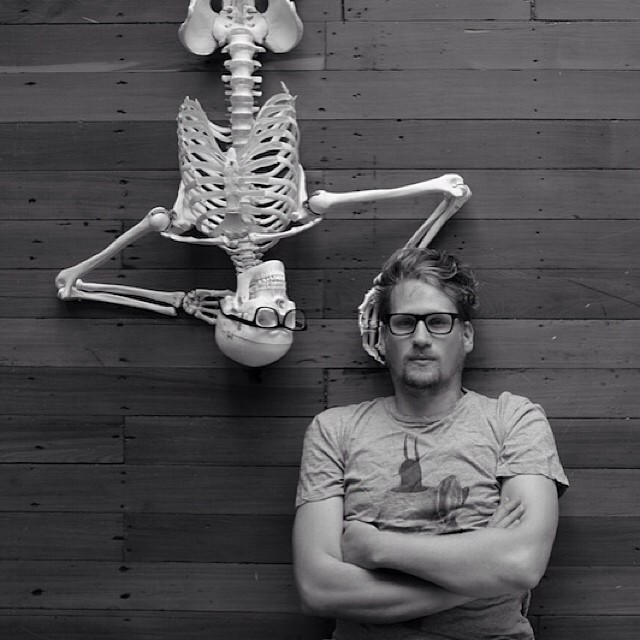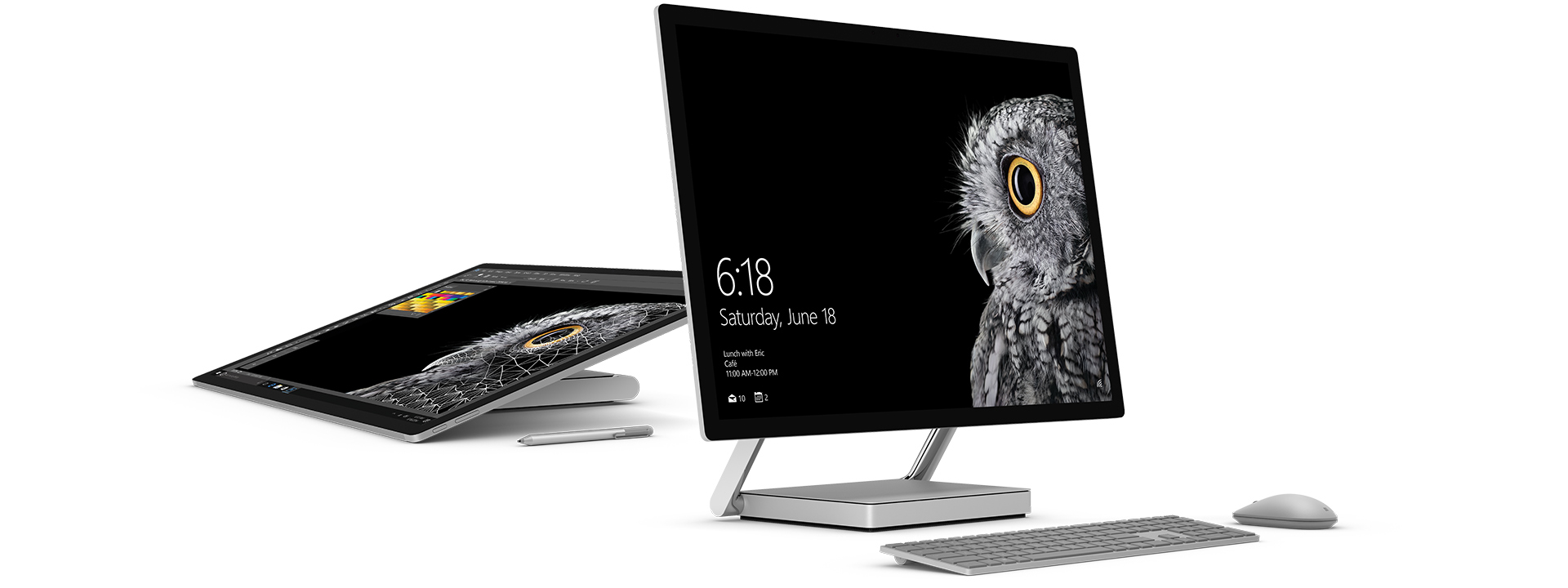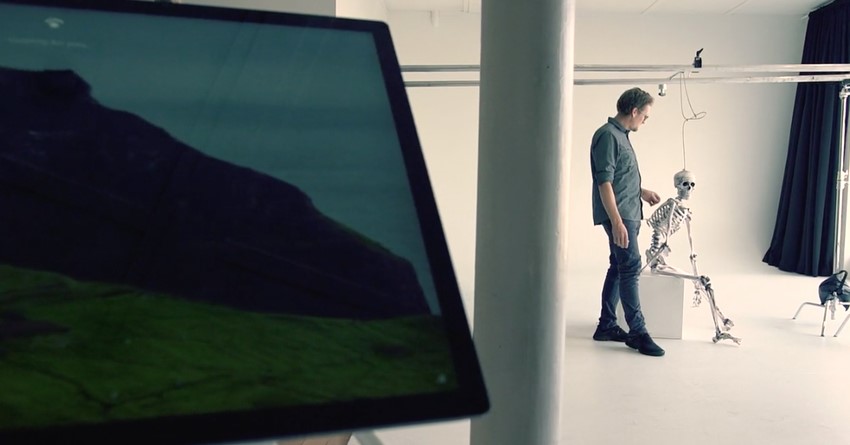(source: DAMIEN VENUTO | AUGUST 30, 2017 | Stoppress.co.nz)
Garth Badger clearly remembers telling friends and family that he wouldn’t ever need a mobile phone, that it was just another tech fad doomed to fizzle out.
“I just thought it was ridiculous,” he recalls, laughing and shaking his head. “I remember thinking, ‘you don’t need to call people all the time. You can just call them when you get home.’”
Now, years later, Badger, a renowned concept photographer and creative force, sits with a mobile phone in his pocket and says he would struggle to do his job without being able to call people exactly when he needs to.
In reflecting on this incorrect prediction and some of the others he’s made about tech, Badger says he now veers away from rejecting tech, no matter how outlandish it might seem. In fact, when it comes to his job, he investigates how it might help him improve his craft.
“Technology needs to help, but it can’t get in the way,” he says. “There is so much of it out there and some of it’s necessary but so much isn’t. It’s all about working out the differences.”
While the stubborn traditional artist might still be tempted to furiously wave a withered paintbrush at all the machines on offer, Badger believes it’s always worthwhile finding the pieces of tech that help to push the work forward.
Garth Badger clearly remembers telling friends and family that he wouldn’t ever need a mobile phone, that it was just another tech fad doomed to fizzle out.
“I just thought it was ridiculous,” he recalls, laughing and shaking his head. “I remember thinking, ‘you don’t need to call people all the time. You can just call them when you get home.’”
Now, years later, Badger, a renowned concept photographer and creative force, sits with a mobile phone in his pocket and says he would struggle to do his job without being able to call people exactly when he needs to.

In reflecting on this incorrect prediction and some of the others he’s made about tech, Badger says he now veers away from rejecting tech, no matter how outlandish it might seem. In fact, when it comes to his job, he investigates how it might help him improve his craft.
“Technology needs to help, but it can’t get in the way,” he says. “There is so much of it out there and some of it’s necessary but so much isn’t. It’s all about working out the differences.”
While the stubborn traditional artist might still be tempted to furiously wave a withered paintbrush at all the machines on offer, Badger believes it’s always worthwhile finding the pieces of tech that help to push the work forward.

One way he has put this into practice is by tethering his camera equipment to a computer when he works on a project.
“In the past, I always used to see tethering as a client tool,” he says. “You used to sit the client in front of the computer and you take pictures until they’re happy. And even when they say they’re happy, you read their face until you could really see they meant it. It offers instant sign-off.”
More recently, he has also incorporated tethering into his personal creative projects because of the various advantages it offers.
“I do almost no creative work without tethering. I become the client. I’m scrutinising the image and I’m scrutinising it in a way that I couldn’t do on the back of a camera. And that’s where the technology is definitely helping.”
But the tether should never be used as a crutch, says Badger.
“People sometimes rely on technology,” he says. “There’s this sense that the camera [or the computer] is going to do the job for them.”
The reality, of course, is that the quality of the work is always contingent on the idea. Without a crisp creative angle, the tools simply serve to accentuate the gaping hole where an idea should be.
Contact Acronym today to learn more about the Microsoft Surface Studio.




